
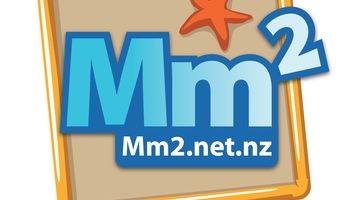
Marine Metre Squared is a New Zealand citizen science project that supports communities to monitor their local seashore. The project has been designed to provide meaningful, valid environmental ...
READ MORE

iNaturalist logs hundreds of thousands of photos of flora, fauna and fungi. There are even sound recordings too. Each is described and geo located. iNaturalist is used by citizens and scientists ...
READ MORE
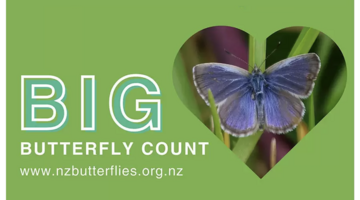
This New Zealand-based citizen science project collects data about butterflies in our gardens, schools, parks and farms – any location in the country or on the outer islands. This annual event – ...
READ MORE
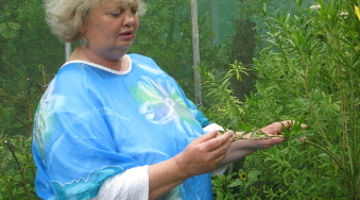
Position: Founding trustee and Trust secretary, Moths and Butterflies of New Zealand Trust Pūrerehua Aotearoa (formerly the Monarch Butterfly New Zealand Trust). Field: Conservation of native ...
READ MORE

The MothNet Shedding Light on the Night and Ahi Pepe Mothnet projects involve the collection and identification of moth species. The project is a partnership between schools and Manaaki Whenua – ...
READ MORE

Adventure is engaging in an unusual or daring experience. Discovery is the act of finding or learning something for the first time. Adventure and discovery are both pretty exciting prospects – so ...
READ MORE

Can we make New Zealand pest-free? Lesson 5: Evaluate: So what? Urban ecosanctuary ZEALANDIA, with support from WWF New Zealand, has produced a comprehensive teaching resource supporting schools ...
READ MORE
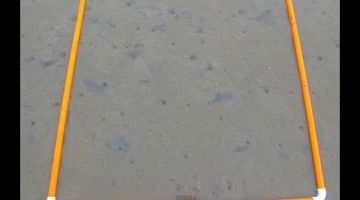
Quadrats are used for sampling purposes. They are squares of a set size placed in a particular habitat such as a rocky shore or forest floor. Plant and/or animal species within the quadrat are ...
READ MORE
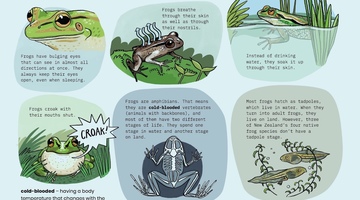
Frogs for the future? is a ready-to-use cross curricular teaching resource. It uses the Ministry of Education’s 2019 Connected article Kimihia Kermit by Philippa Werry. Rights: Crown 2019 Frog ...
READ MORE

In this online PD session recorded on 30 July 2015, primary school teacher Angela Schipper describes how she used the Butterflies resources from the Science Learning Hub in the classroom. In ...
READ MORE
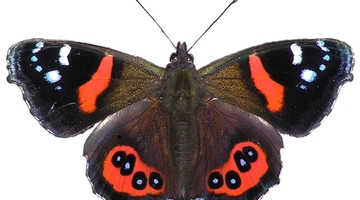
The New Zealand Curriculum has a strong focus on ensuring that all students have the skills and knowledge to participate in public debates and decision-making processes as critical, active ...
READ MORE
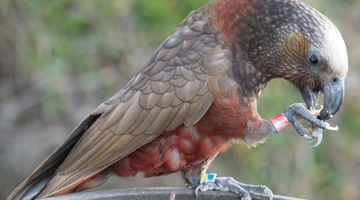
In this recorded professional learning session, Greta Dromgool and Ben Moorhouse from the Department of Conservation unpack conservation education and: introduce some exciting DOC resources aimed ...
READ MORE
E whakamārama ana a Georgia, tētahi o kā ākoka ki Te Kura Kaupapa Māori o Ōtepoti, me pēhea te whakarite i te tārore pepe tuna Heath, ki te whakamanea, ki te hopu i kā pepe tuna. English ...
READ MORE
Quantitative ecologist Dr Barbara Anderson and Lily from Te Kura Kaupapa Māori o Ōtepoti explain why the Ahi Pepe MothNet project uses a Heath trap for the collection of moth data.
READ MORE
Ka kōrero a Maia rāua ko Tūmai, nō Te Kura Kaupapa Māori o Ōtepoti mō te take i pai ai kā pepe tuna ki a rāua. English translation Maia and Tūmai from Te Kura Kaupapa Māori o Ōtepoti tell us why ...
READ MORE

Exploring moths as ecological indicators of health and connectedness in our natural world. Select here for further information, transcript and copyright.
READ MORE
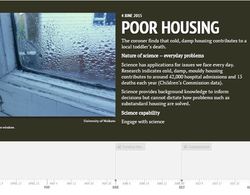
Select here for the best view of this interactive timeline. It combines the Rongomai School healthy homes investigation with the nature of science.
READ MORE
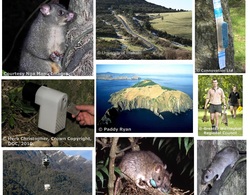
This slideshow allows students to consider some of the pros and cons of various methods of predator control. Use the Slideshow menu for further options, including view full screen, and go here ...
READ MORE